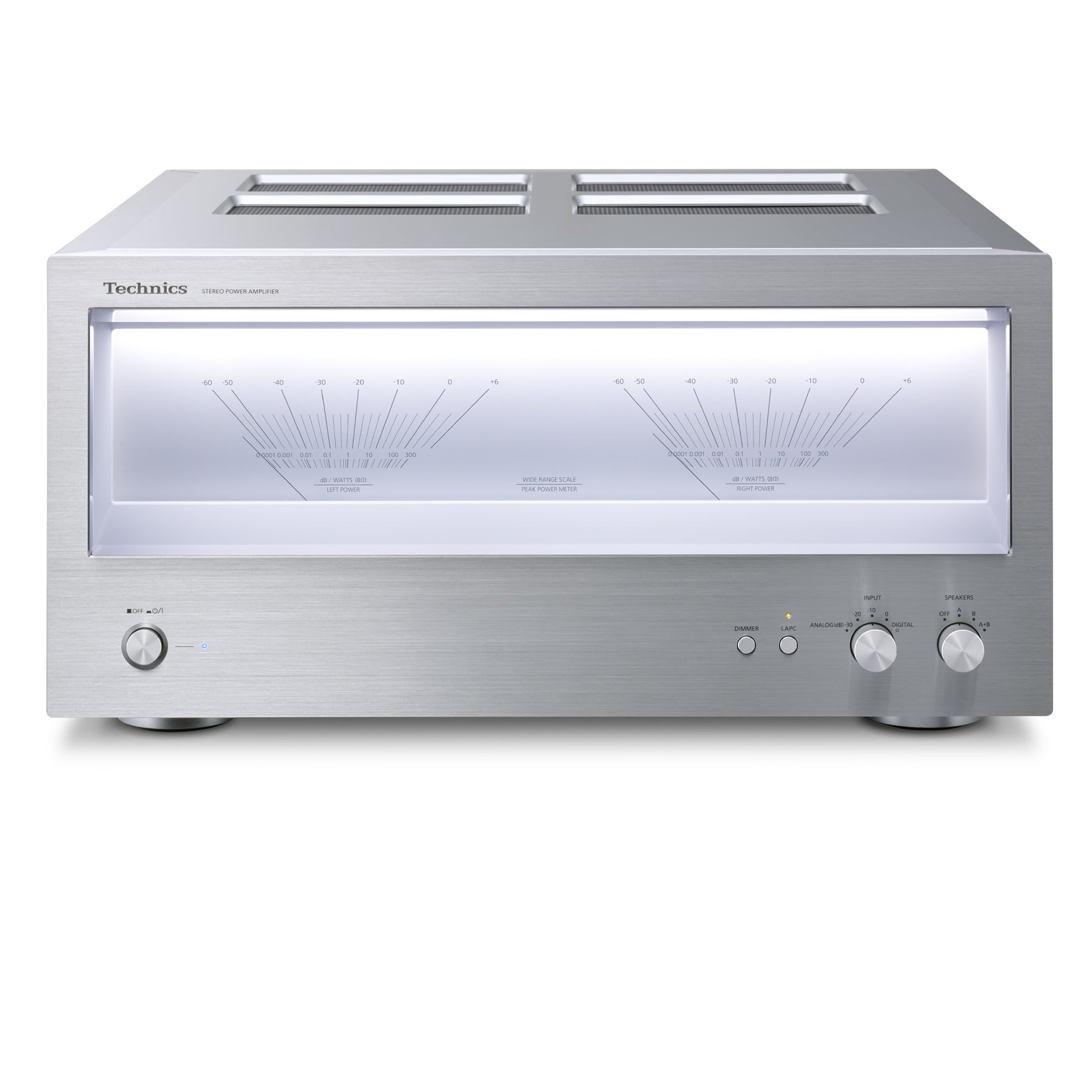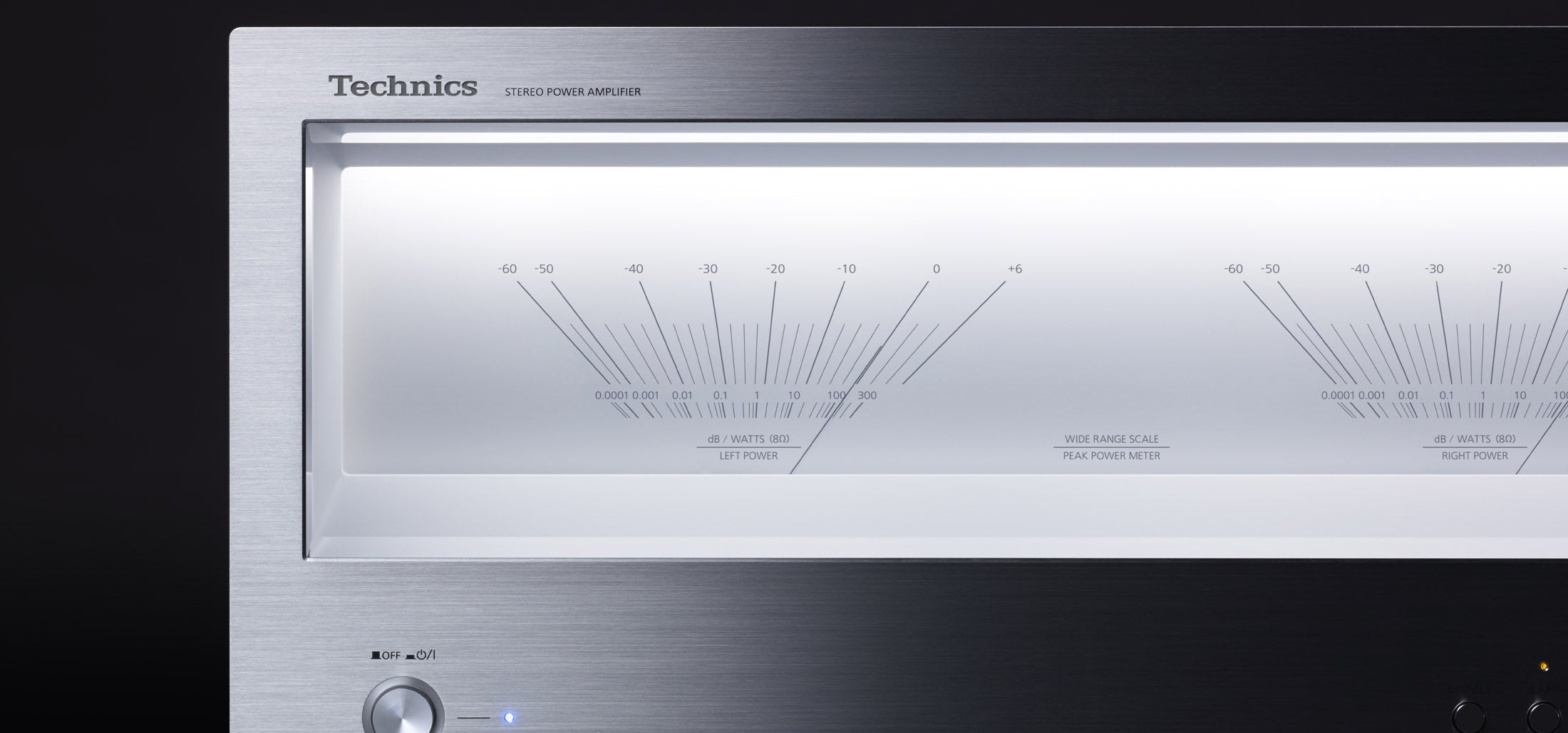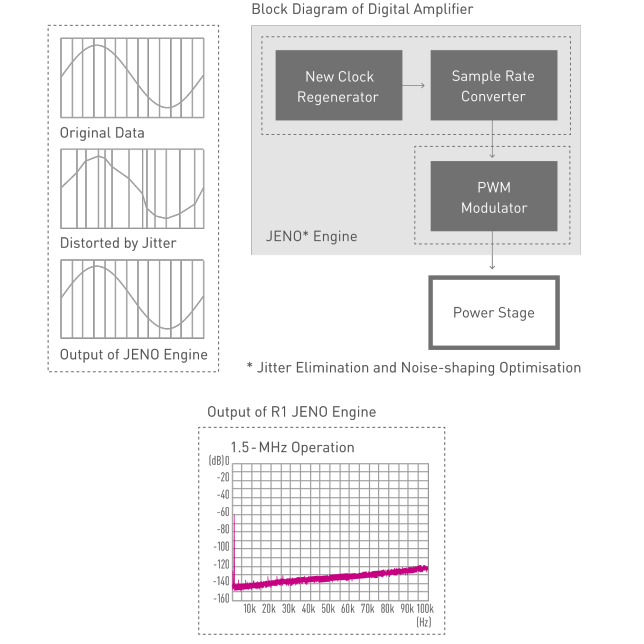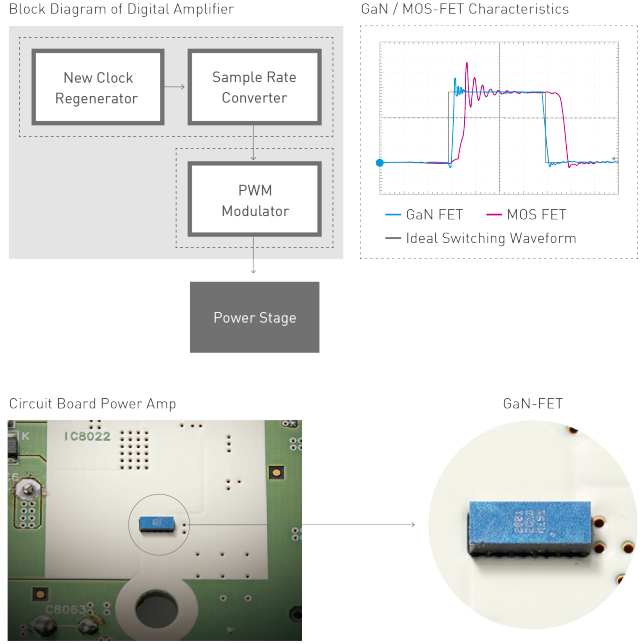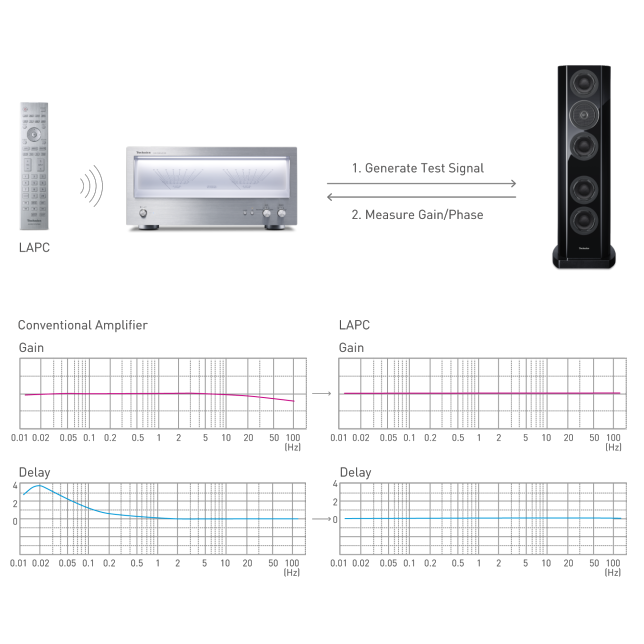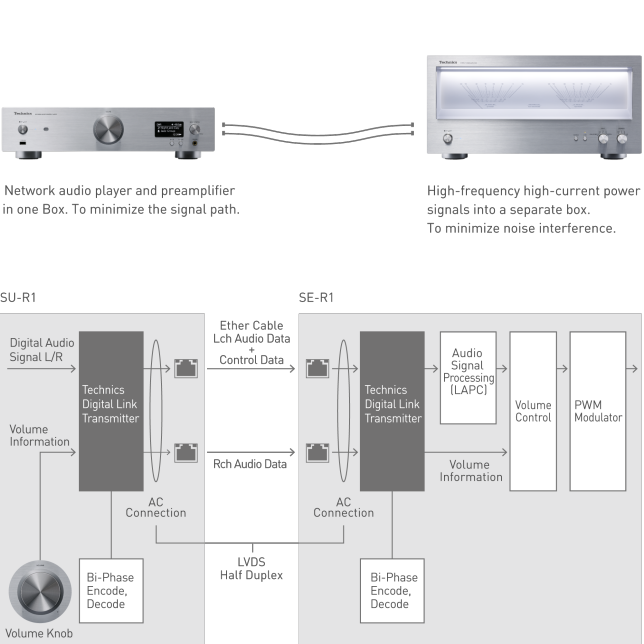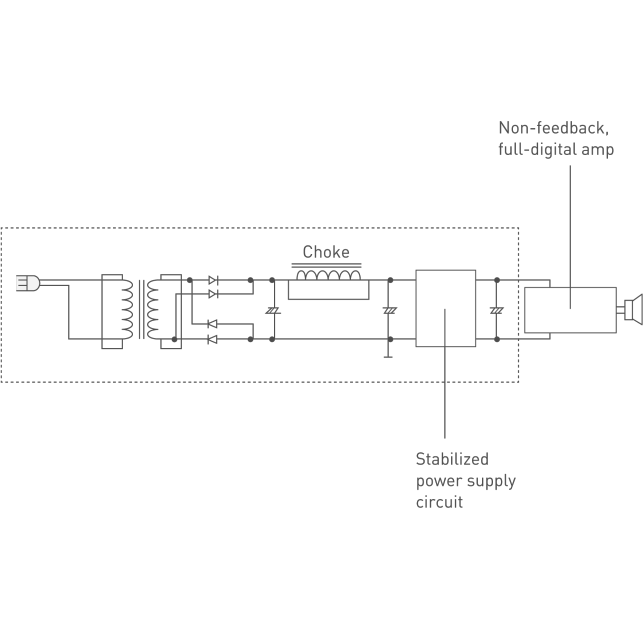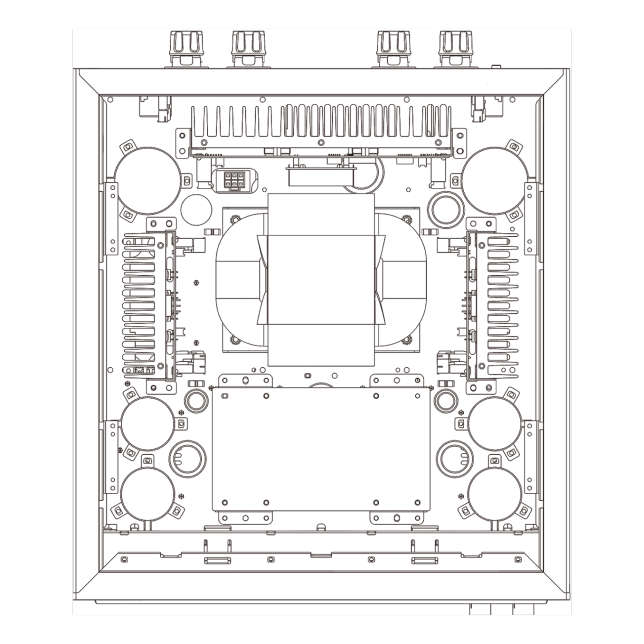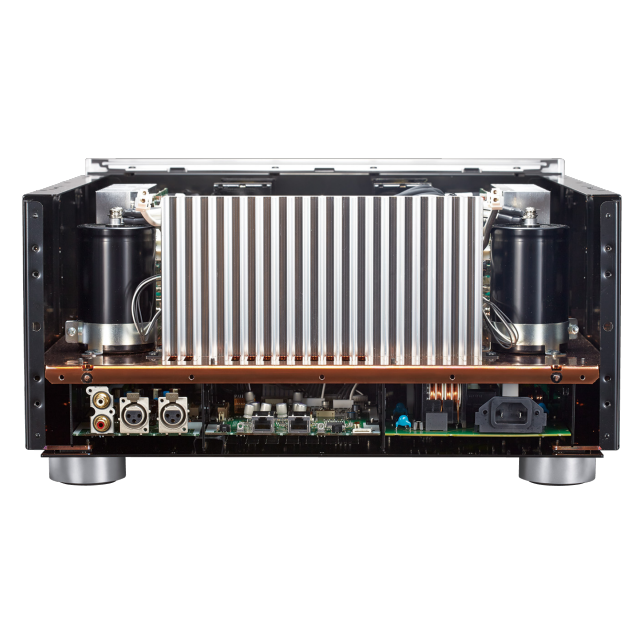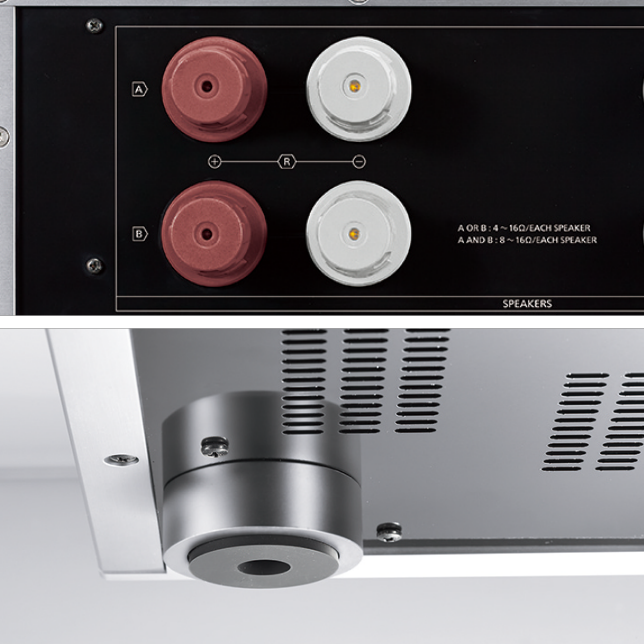Technics Parts and Accessories
Access the official Technics parts depot to find genuine replacement parts and accessories for your audio equipment. Easily search by model number, product name, or part number for fast and reliable solutions.
Shop Parts & AccessoriesRegister a product purchased in the United States
Register your Panasonic, Techinics, and LUMIX products through our official registration portal. Enjoy exclusive benefits, warranty tracking, and access to product updates tailored to your registered devices.
Register Your Product
